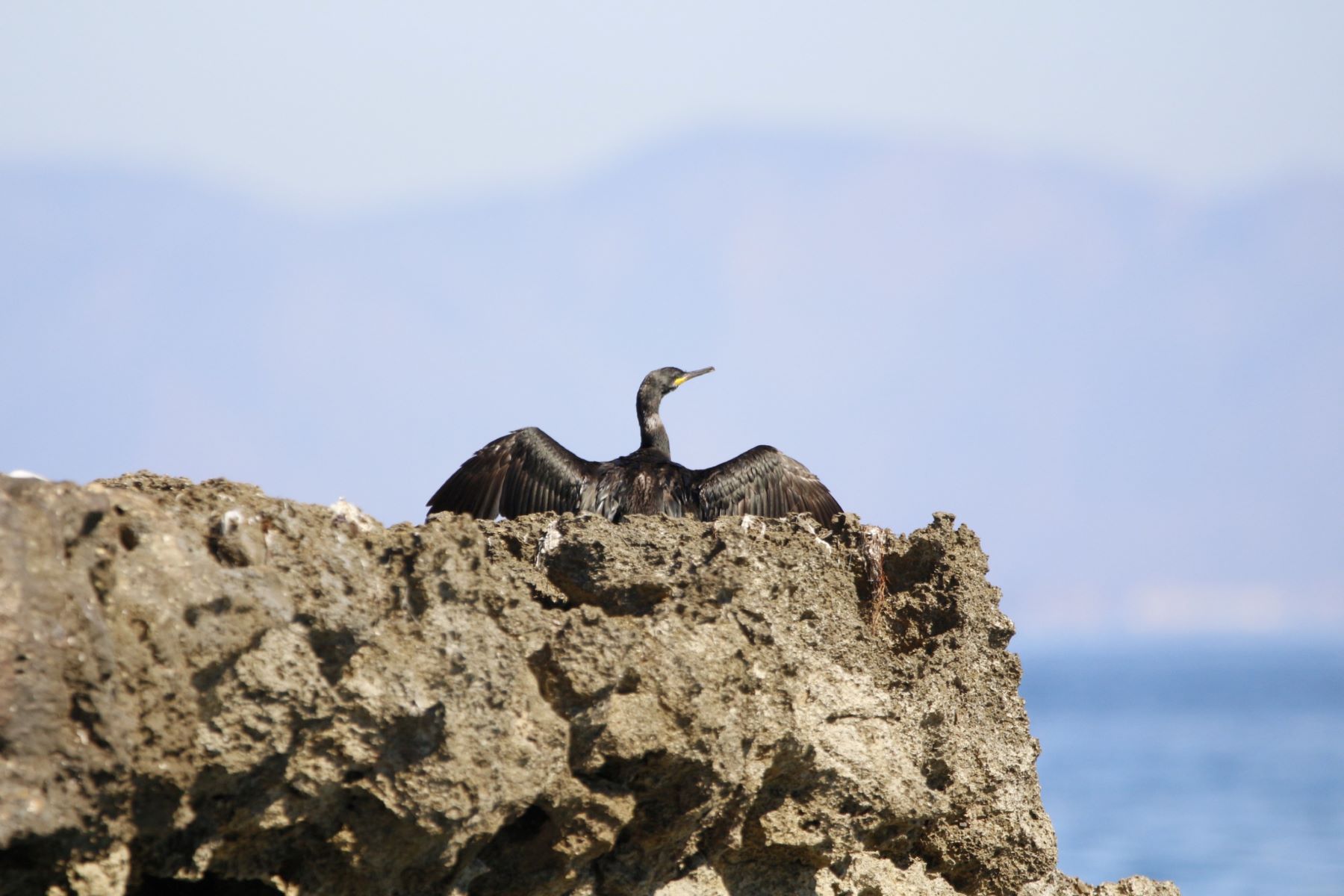This is important when conducting a census distinguish between populations that are a collection of individuals of the same species that coexist in the same place for a period of time, and a species which is the collection of individuals that, by reproducing with each other, can produce fertile offspring.
Bird counts They help experts understand the populations of different species. Likewise, they enable insights into the state of ecosystems associated with birds. They are carried out using different methodologies and it is recommended to follow specific procedures to achieve good results.
bird count
The Ministry of Environment, Universities, Research and Mar Menor has carried out a bird count in the area around the air base in San Javier, counting 7,713 wintering birds. nearby protected nature reserves. These spaces include both the Mar Menor itself and the islands such as Las Encañizada, Salinas de San Pedro del Pinatar, Marina del Carmolí, salt marshes of Los Urrutias and Lo Poyo and La Hita beach. In addition, the Los Alcázares treatment plant has been added to this list, due to its proximity to the facility and because it is considered a priority wetland in the annual census of waterfowl, both wintering and breeding.


The bird count was carried out at the request of the General Air Command of San Javier Air Base and covers a radius of 13 kilometers around it, so that those responsible can set up a wildlife monitoring system and develop flight operations in a safe environmentas the risk of collisions with these birds could pose problems for the aircraft deployed at the facility.
Through the census, Environment has determined that the The most common species in the area around the base is the Yellow-legged Gull. (Larus Michaelis), with a total of 1,981 birds counted. The next most numerous species is the great cormorant (Phalacrocorax carbo), with 1,576 observed individuals. Neither of these two species is protected, but due to their relevance in these areas they are included in wintering bird counts.
Loose Waterfowl counts are carried out in two periods, winter and summer (breeding period).. In the first case, the data are obtained by direct counts in each of the types of wetlands and coastlines, preferably during the first hours of the day. The census efforts are timed so that the data is homogeneous, from November to mid-February.
In breeding birds They make up to eight visits per wetland, depending on its importance for waterfowleither because of the number and diversity of species present. These counts are carried out between March and July, taking into account the reproductive phenology of the species.

